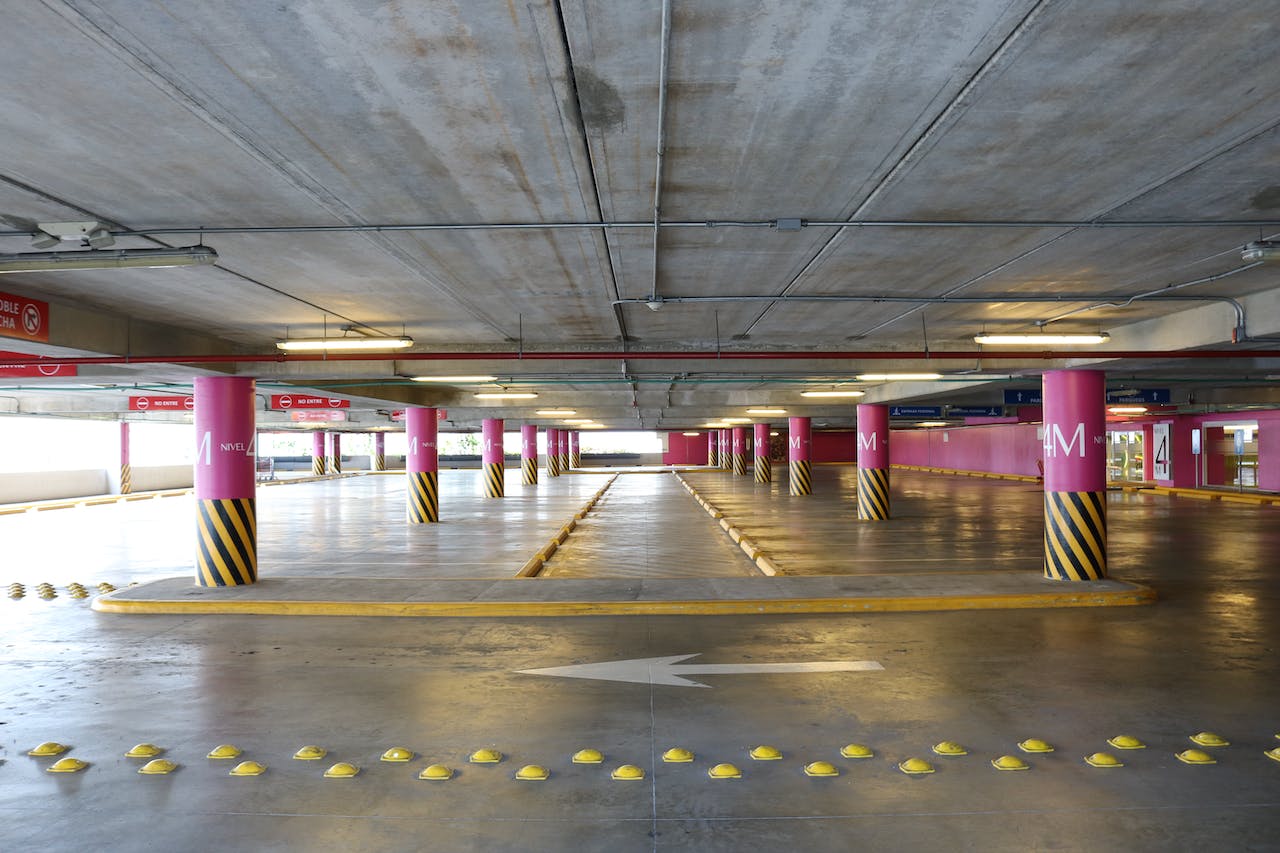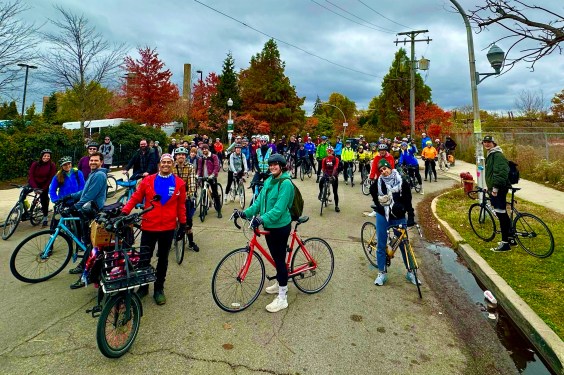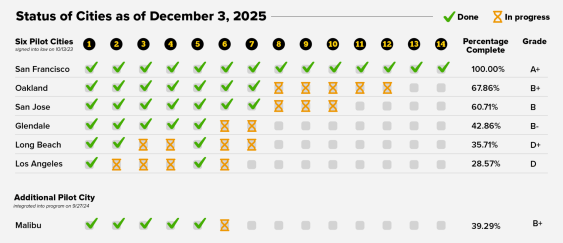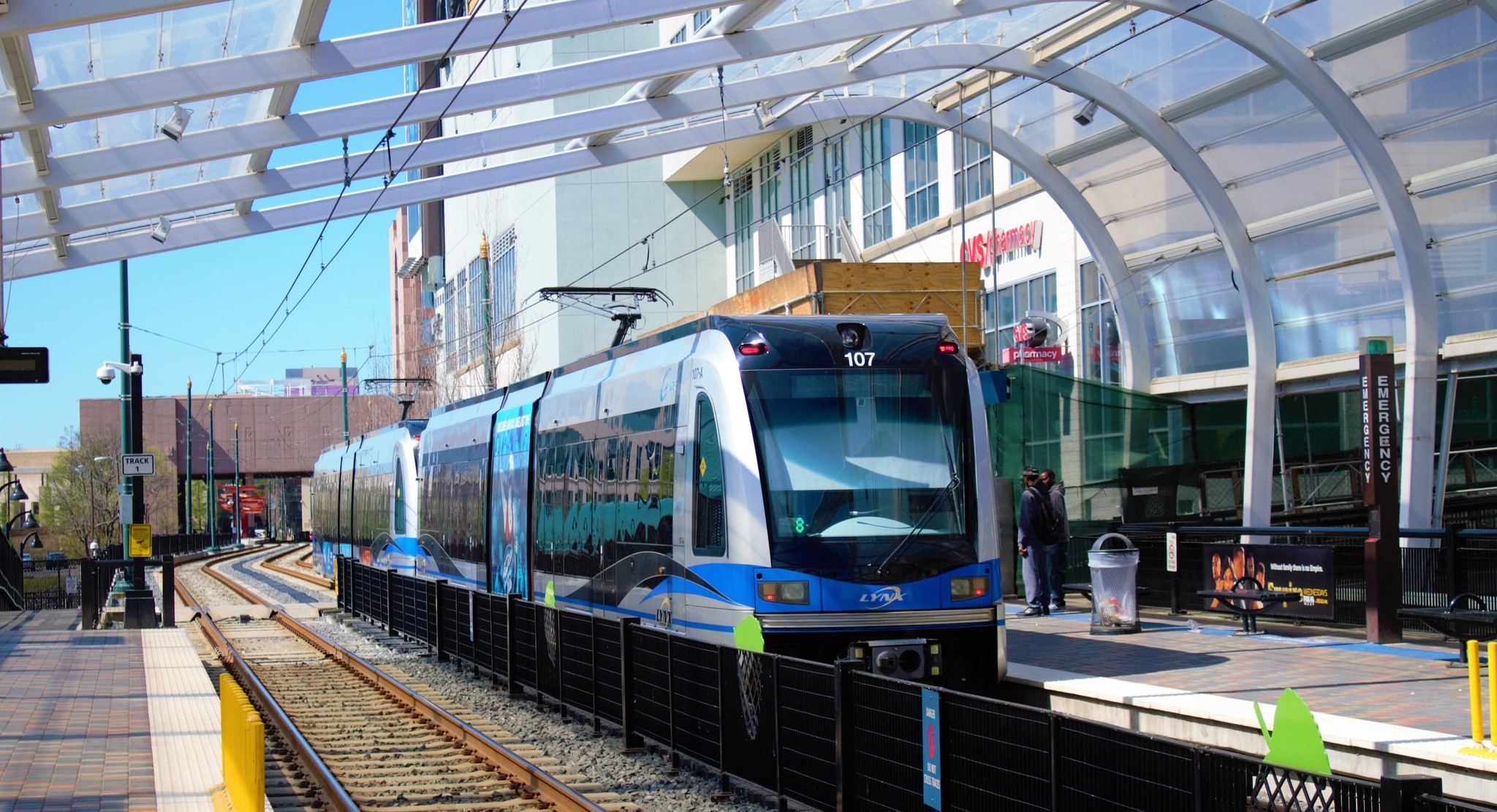A city is very unlike a cake. It is an open system, subject to adaptation and change. It is, ideally, full of feedback mechanisms that provide instructions on how to change and grow.
For much of human history, this is how it worked. But for the last 100 years — a blip on the scale of urban history — zoning codes have worked to freeze cities’ dynamism.
Zoning codes approximate a baking recipe. They are full of strict and strangely precise standards (e.g., a barber shop must build precisely three parking spaces per barber chair). A baking recipe calls for precision due to certainly disastrous consequences if the ingredients are out of whack.
But unlike a cake, where a slightly altered pH might lead to a bulbous monstrosity, a neighborhood is not going to implode if parking mandates are altered — or, dare I say, removed.
Zoning Fails
Despite zoning’s attempt to micromanage urban change, there are a few ways in which it fails in this core promise.
First is that zoning can’t ensure good design or quality buildings. Across cities, the same zoning code might produce different results, based on style, access to materials, and varying costs.

Asheville, for example, is home to multi-story homes with skillion roofs, which I call The Asheville Special. It’s a style of home I see all over the city but very rarely outside it. At the same time, however, there are also building typologies that exist everywhere, no matter the zoning code, such as the much-maligned five-over-one apartment block. In either case, zoning is not equipped to guarantee certain design outcomes.
Second is that zoning can’t stop demographic shifts or prevent turnover in a neighborhood. If anything, zoning’s inflexibility may encourage demographic change by failing to provide diverse housing options for changing family sizes. A growing family might need to look elsewhere if they can’t expand their home, and empty nesters might need to move if they can’t split their home up.
Third is that, in trying to protect affordability, zoning often achieves the opposite. When neighborhoods can’t add housing, they become more expensive in the face of demand. When demand is high, strict zoning only ensures the affordability of a neighborhood will drastically decrease, pricing existing residents out. Holding one aspect of a dynamic system constant is sure to produce consequences elsewhere.
Road regulations
While zoning codes have frozen what happens on private property, engineering standards have regulated the public realm, subjecting streets to strict delineation and oversight, and requiring a similar amount of procedural bureaucracy and instilling a fear of change.
Many years ago, Sarasota considered a “road diet” for Fruitville Road, one of the main roads running through downtown, from the Bay all the way out into suburbia. The plan was to redesign the portion within downtown, turning four lanes into two and converting signalized intersections into roundabouts.
Lots of time and effort were put into the project, including a realistic 3D model with traffic simulation and animated flyovers. But concerns over congestion, emergency responsiveness, and evacuation times plagued the project and ultimately led to its demise.

The project was all or nothing. It would get approved, millions of dollars going into the road’s reconstruction, or it would die. There was no in between. Years of discussions went by with no one proposing to test the design. The choice was to go all in and gamble on the design, or choose to not take the risk and throw the project out. The city chose the latter.
This is despite the fact that cities inadvertently test lane closures all the time for construction, but they never think to do it for proposed changes. In some cases, these road closures serve as inadvertent tactical urbanism projects, showcasing how overbuilt a road might be.
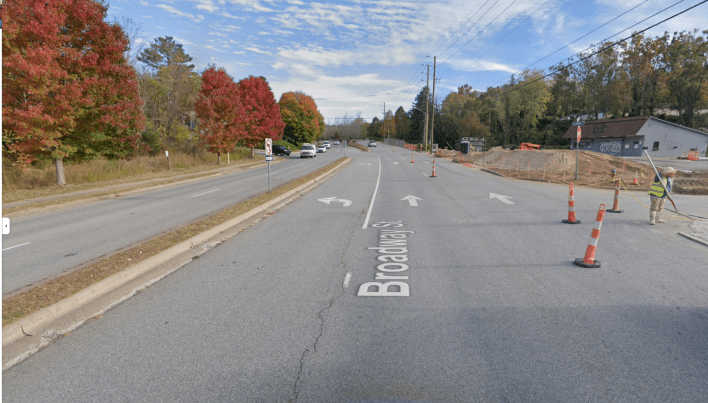
There’s a road in Asheville I cross every morning. It’s called Broadway: it’s got four lanes, is wildly overbuilt, and it divides two neighborhoods—much like Fruitville. I crossed it one morning during what was presumably rush hour traffic to see the road functioning fine with one lane closed for construction access.
The public has panned this road for being overdesigned since it was built. It’s targeted in city plans for redesign and it meets FHA’s parameters for a road diet. But it’s not on the state’s list of projects. They won’t even consider putting a crosswalk on this road — I’ve asked. They cite a state handbook that says there’s not enough foot traffic — in direct conflict with NACTO’s guidelines for urban corridors.
Like zoning, road regulations were concocted with good intentions in mind — standardizing design for legibility and compliance — but in practice they prevent any sort of practical adaptation. Any change at all, even a measly crosswalk, would necessitate a study, likely costing tens of thousands of dollars, all to justify a hundred dollars worth of paint.
Conclusion
Cities thrive with incremental changes, experimentation, and feedback loops — qualities that are suppressed by zoning codes and road regulations. And both short term and long term change can be better served by adaptation and responsiveness.
Cities know how to do this in dire circumstances. Many cities responded to COVID with outdoor dining policies. Following the collapse of I-95 in Pennsylvania, Governor Shapiro authorized an expedited process that allowed the highway to be rebuilt in 12 days. Despite these success cases, cities treat updating their zoning codes and their streets as long and convoluted processes.
Zoning codes provide an appealing sense of control on the surface, but they prevent everything that makes a city great: density, variety, and accessibility. Road regulations make rules universal and legible, but in aiming for standardization they prevent any kind of tactical experimentation for safer alternatives.
No city is ever baked to perfection. There is no clear recipe for how to do it, because a city has no final state. You can’t formulate the perfect land use mix and road design ahead of time, to last for all of time. Cities need to change and adapt — one small step at a time.


